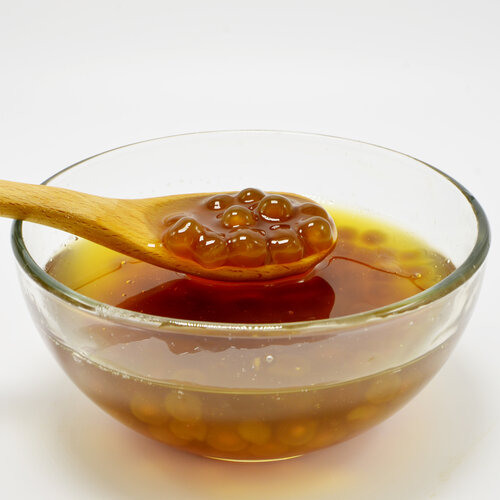Have you ever wondered what tea can have in common with a bubble? The cool bubble "thing" I'm referring to is a tapioca pearl added to tea to make the Bubble Tea drink (also called Boba Tea). Tapioca pearls are produced from the root of a plant called cassava (also called cassava or cassava). Those black balls floating near the bottom of a cup make the drink so special.

Bubble tea is commonly available in two categories: fruit-flavored tea and milk. There are also hybrids, e.g. fruit milk teas.
The standard characteristics of the bubble drink are: liquid, flavor, sweetener, cream and texture.
When you first see Boba Tea Kit, the black balls float near the bottom of the cup. That unique texture of the drink is created by the famous tapioca pearls. You can find them online in two ways: semi-cooked and raw. Instead of tapioca pearls, you can also use coconut jelly, konjac, herb jelly, or beans (Azuki bean, mung state (green state)).
Bubble tea is a sweet drink. If you want it to be even tastier, you can add white or brown sugar or honey.
To make Boba drink he only needs a tea (black or green) or water, some fruit, milk and the bubble pearls, of course. There are several types of bubble tea, depending on the tea house. So you can find recipes that recommend serving the drink with fruit and fruit syrup or ice. This tea can be prepared in many different ways. There is the possibility of creating a unique recipe. Take your favorite bubble drink yourself, just follow your own sense and taste of your preferred ingredients and ... go for the punch!
No comments:
Post a Comment